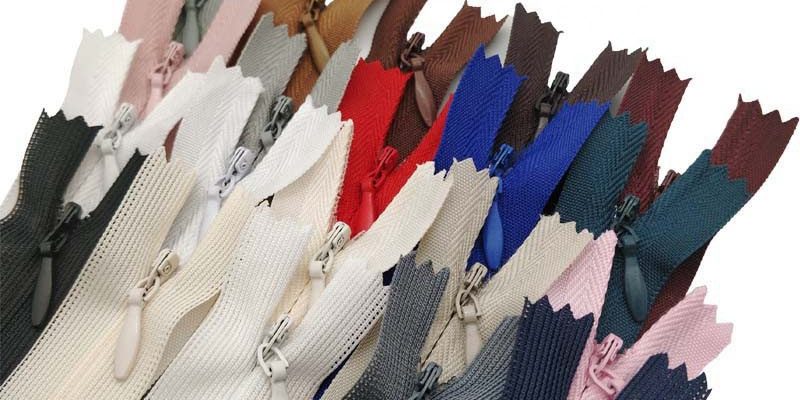Selecting the appropriate fabric is crucial when working with invisible zippers. This article delves into the considerations designers and sewists must keep in mind when choosing fabrics that complement the seamless design and functionality of invisible zippers.
Fabric Weight and Texture: Light to medium-weight fabrics work best with invisible zippers. Delicate fabrics like silk, chiffon, and organza seamlessly integrate with invisible zippers due to their lightweight nature. For heavier fabrics, additional stabilization may be needed.
Non-Bulky Seams: Invisible zippers are designed to blend seamlessly into fabric, which means bulky seams can disrupt the smooth closure. Fabrics with minimal seam allowances or those that don’t fray excessively are ideal for ensuring the zipper lays flat.
Ease of Manipulation: Fabrics that are easy to manipulate during sewing contribute to accurate zipper placement. Flexible fabrics allow for smooth insertion of the zipper, resulting in a polished finish.
Fabric Durability: Considering the end use of the garment is essential. If the fabric is prone to frequent stretching or pulling, choosing a durable zipper tape ensures that the zipper can withstand the garment’s demands.
Optimizing this content for search engines involves using keywords like “choosing fabric for invisible zippers,” “compatibility of fabrics with concealed closures,” and “sewing considerations for invisible zippers.” By incorporating these terms, your article will offer valuable insights while aligning with Google’s SEO standards.


















